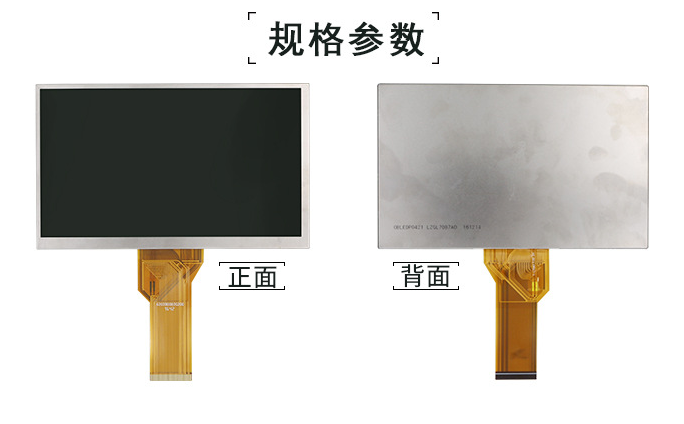Desoldering is an essential skill for anyone involved in electronics repair, whether you're a hobbyist, a professional technician, or an engineer. The ability to remove components from a printed circuit board (PCB) without damaging the board or the components is crucial for effective troubleshooting and repair. In this article, we will explore the best practices for desoldering, the tools required, and advanced techniques to ensure a successful desoldering process.
Understanding the Basics of Desoldering
Before diving into the techniques, it's important to understand the fundamental principles of soldering and desoldering. Solder is a fusible metal alloy used to create a permanent bond between electronic components and PCBs. When desoldering, the goal is to reverse this process by melting the solder and removing the component without causing damage.
Essential Tools for Desoldering
To achieve optimal results, having the right tools is paramount. Here are the essential tools you will need:
- Soldering Iron: A temperature-controlled soldering iron is ideal for desoldering. A fine tip allows for precision work on small components.
- Desoldering Pump: This tool is a vacuum device that sucks up molten solder. It is essential for removing solder from through-hole components.
- Desoldering Braid: Also known as solder wick, this copper braid absorbs solder when heated. It is particularly useful for removing solder from pads and traces.
- Flux: Flux helps to improve the flow of solder and can make desoldering easier. It is especially useful when using desoldering braid.
- Tweezers: Fine-tipped tweezers are necessary for handling small components and guiding them during the desoldering process.
- Isopropyl Alcohol and Brush: For cleaning the PCB after desoldering, isopropyl alcohol helps remove residual flux and solder.
Step-by-Step Desoldering Process
- Preparation
Before starting, ensure that you have a clean and well-lit workspace. Gather all necessary tools and components. If you are desoldering a component from a PCB, it’s wise to take a photo of the board for reference during reassembly.
- Heat the Soldering Iron
Set your soldering iron to the appropriate temperature, typically between 350°C to 400°C (662°F to 752°F). Allow it to heat up fully before proceeding.
- Apply Flux
For better results, apply a small amount of flux to the solder joint. This will help the solder to flow more easily and improve the efficiency of the desoldering process.
- Desoldering Through-Hole Components
- Using a Desoldering Pump: Place the soldering iron tip on the solder joint until the solder melts. Quickly position the desoldering pump over the molten solder and activate it to suck up the solder. Repeat this process if necessary until the joint is clear.
- Using Desoldering Braid: Place the desoldering braid over the solder joint and then place the soldering iron on top. The heat will melt the solder, which will be absorbed by the braid. Remove the braid and cut off the used portion.
- Desoldering Surface-Mount Components
Surface-mount components require a slightly different approach:
- Preheat the Area: Use a hot air rework station to preheat the area around the component. This helps to reduce thermal shock and makes it easier to remove the component.
- Apply Hot Air: Direct hot air onto the component until the solder melts. Use tweezers to gently lift the component off the PCB once the solder is molten.
- Cleaning the PCB
After desoldering, it’s crucial to clean the PCB. Use isopropyl alcohol and a brush to remove any residual flux and solder. This will help prevent future issues and ensure a clean surface for reassembly.
Advanced Techniques for Efficient Desoldering
For those looking to refine their desoldering skills, consider the following advanced techniques:
- Use of a Vacuum Desoldering Station: For high-volume desoldering, a vacuum desoldering station can significantly speed up the process and improve precision.
- Thermal Profiling: Understanding the thermal profile of your PCB can help you apply heat more effectively, reducing the risk of damage to sensitive components.
- Practice on Scrap Boards: Before attempting to desolder components from valuable boards, practice on scrap PCBs to hone your skills and techniques.
Conclusion
Desoldering is a critical skill in the world of electronics repair. By understanding the tools and techniques involved, you can effectively remove components without damaging the PCB or the components themselves. Whether you are a beginner or an experienced technician, mastering the art of desoldering will enhance your repair capabilities and contribute to your overall success in electronics. Remember, practice makes perfect, so don’t hesitate to refine your skills on scrap boards before tackling more complex projects. Happy desoldering!


